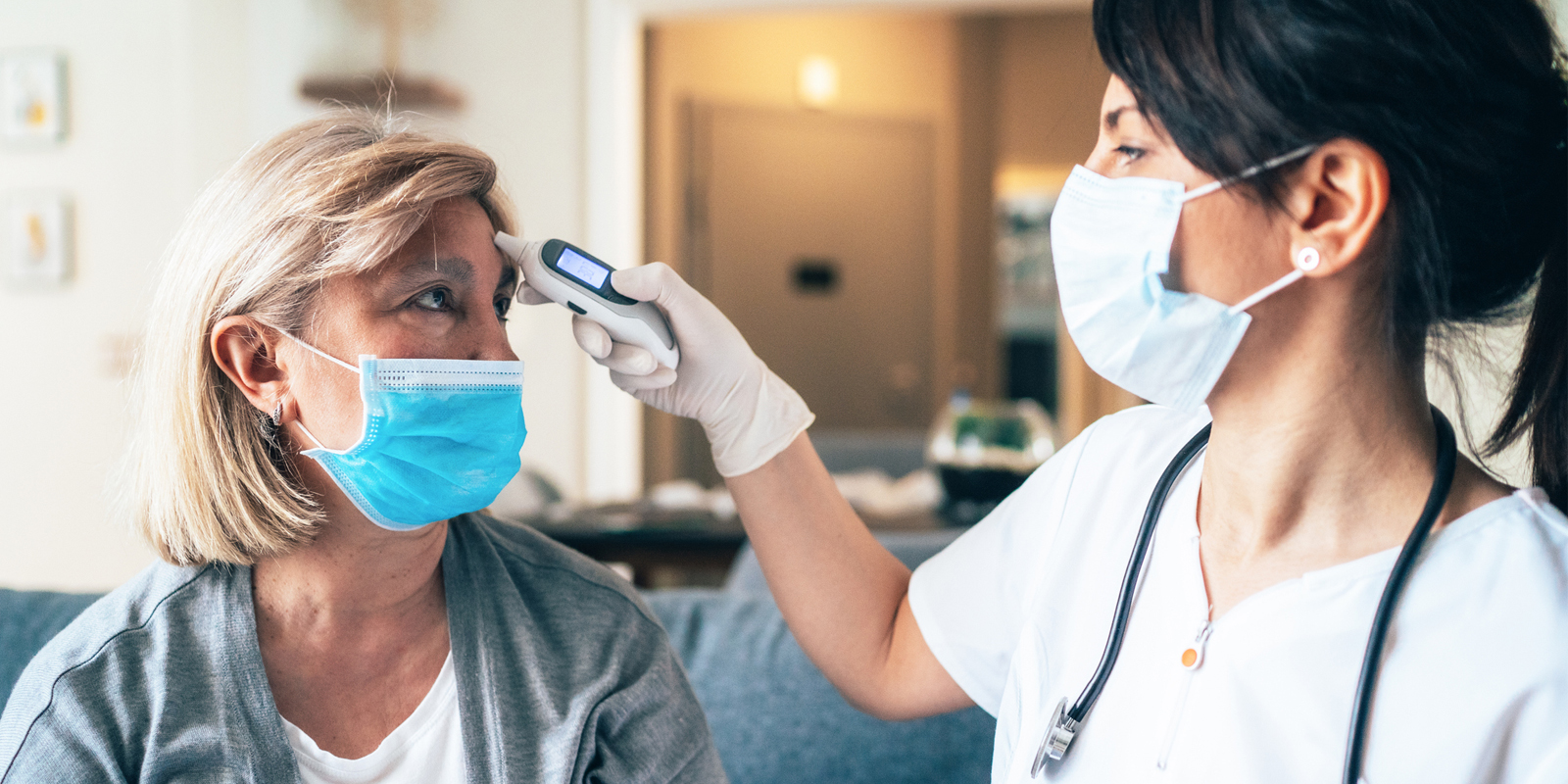How to Leverage Kronos for Healthcare Worker Contact Tracing

Many hospital systems utilize workforce management solutions primarily to track schedules and manage payroll. In the last few weeks, we have seen hospitals leverage Kronos in a number of ways in response to the COVID-19 pandemic, whether it’s providing access to new triage centers on the fly or creating new codes for additional time worked or taken off due to COVID.
One of the most innovative new use cases we have seen for Kronos, though, is contact tracing. If an employee tests positive for COVID-19, it is critical for the hospital to know who else in the facility that employee was in contact with. That way others in the same physical area with the affected employee can be notified, tested and quarantined if necessary.
Let’s take a closer look at how to leverage Kronos for contact tracing.
Workforce Central vs. Dimensions
The starting point for contact tracing is a new, simple-to-add report that allows you to identify the affected “Index Person” within Kronos. After filling in some basic information, the report provides an export that shows which Team Members may have had contact with the Index Person during the specified time frame with the criteria you included. (The report identifies the Index Person using a number, rather than name, for HIPAA compliance).
So, for example, if you know a nurse in your facility has tested positive for COVID-19, you can see based on punches and timestamps where the nurse has been throughout the hospital and identify all of the team members that were in the same areas at the same time.
>> Download our Free Special Report: Choosing an ERP Consulting Firm
This level of reporting is available with Kronos Workforce Central but is limited in granularity, only helping you identify who was potentially in contact with the nurse.
Kronos Workforce Dimensions offers the benefit of more detailed tracing capabilities. Whereas Workforce Central might only tell you that a nurse was in labor and delivery on Wednesday morning, Workforce Dimensions can show you that the nurse was on the 4th floor, in the north wing, in rooms 418-424, and logging into work station 4N-7.
This gives you a much more targeted list of potential contacts you need to notify, while also helping you isolate which surfaces may be affected.
There is one additional upside to Kronos Workforce Dimensions. It enables proactive alerts to an employee’s phone, while Kronos Workforce Central is email- and report-driven. When you need to alert the people who were in contact with the nurse, you can get the information to them faster, so they can get tested and quarantined faster.
Automating Scheduling Challenges
The hospital now faces two scheduling challenges. First, the nurse who has tested positive must be removed from the schedule. Second, the employees who have been in contact with the nurse will need to be removed from the schedule if they show any symptoms of COVID-19.
Our Kronos Practice at Healthcare IT Leaders has developed a rapid solution that can easily be configured within the standard Kronos software to address these challenges. Before employees leave the house, they can log into Kronos and complete a brief assessment of their condition, and attest that their assessment is accurate. If employees do not exhibit any symptoms, they can report to the hospital for their scheduled shift. If they do have symptoms, they will be told to stay home and removed from the schedule. (Hospitals can determine the threshold for keeping workers home, as well as how long they need to stay home.)
Removing a nurse from the schedule sets off a lot of triggers. Usually this means that a supervisor must ask other nurses to fill in, then add the replacement nurse to the schedule and also tell Human Resources about the schedule change. Not only is this a time-consuming process, it involves in-person conversations – which all healthcare workers are trying to minimize amid COVID-19.
Right now, Healthcare IT Leaders is working with our Kronos clients to automate the process of filling these scheduling holes. Here is what the typical process looks like:
- Use the Kronos engine to take the nurse with COVID-19 symptoms off the schedule.
- Open up the nurse’s shift.
- Use the AI crawler in Advanced Scheduler to identify nurses who could fill the open shift (based on credentials, availability, and so on).
- Send mobile alerts to all nurses who could fill the open shift.
- When the shift is filled, automatically alert the Attendance module and notify HR.
The goal of automation is to avoid pulling the nurses and their supervisors away from patient care in order to do things that Kronos software can do for them. This lets them keep their attention at the bedside.
If you are looking to get more out of Kronos for contact tracing – or any other use case – talk to one of the experts at Healthcare IT Leaders today.
Christine Hanna directs the Kronos Practice at Healthcare IT Leaders. She has over 20+ years of experience in Workforce Management, Human Capital Management, and Kronos implementation and consulting leadership.
